Simple and reliable diesel-driven cutter suction dredgers with hydraulic cutter power. Available as standard equipment or customized to meet your project needs.
Cutter Suction Dredger 650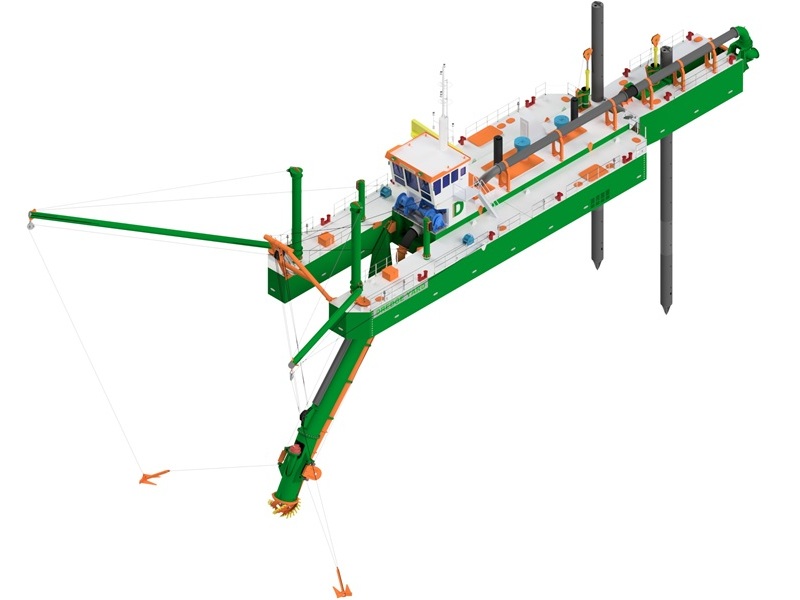
Dredge Yard’s Water Injection Dredger is a compact, efficient solution for maintenance and light dredging projects. It uses low-pressure water jets to loosen and transport sediments with minimal environmental impact. Designed for easy operation, low fuel consumption, and high maneuverability, it is ideal for ports, rivers, and coastal areas.
Water Injection Dredger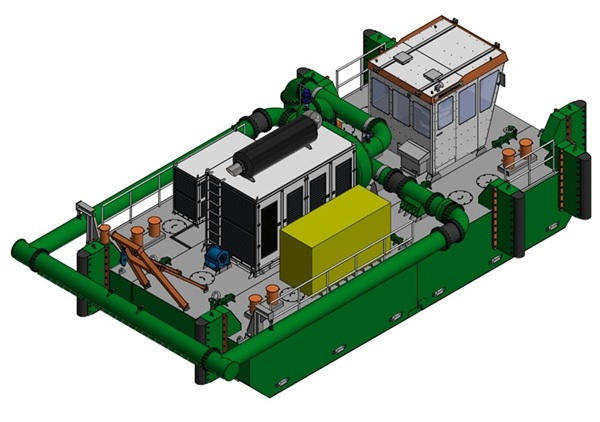
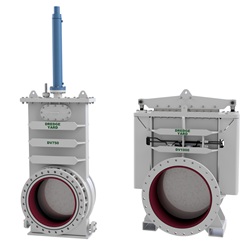
Dredge Yard provides complete engineering services and high-quality dredge components to support building dredgers locally. Our solutions are designed for durability, easy maintenance, and optimal performance in all dredging conditions.
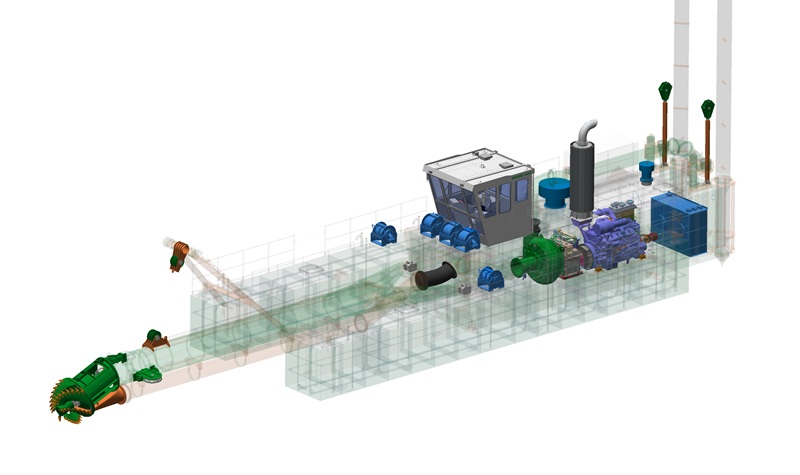
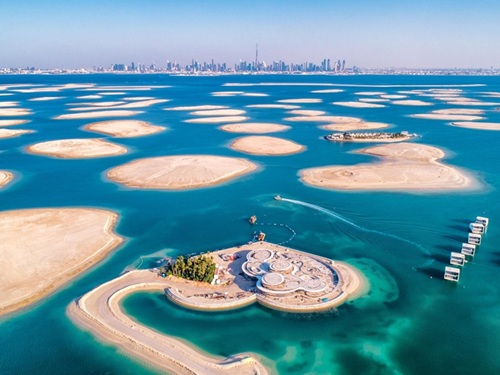
Our dredgers are designed to excavate and transport soil materials of different densities from fine sand and clay to gravel. In addition to this, we offer to customize dredgers for your specific project needs. Therefore, we can offer dredgers suitable for a variety of applications, such as:
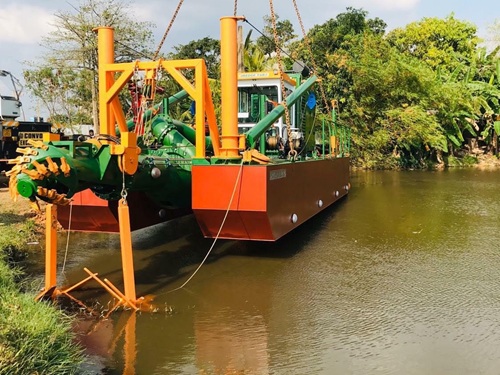
River dredging is a form of river restoration and river maintenance. Over time, sand, silt and debris (branches, logs, waste) flow downstream. This is a natural phenomenon, which happens due to weathering, erosion and rivers carrying sediments. If not maintained, the materials accumulate and create a blockage. Consequently, this restricts natural river flow and makes the waters very shallow. As a result, rivers become inaccessible to larger ships. Additionally, during heavy rain season, restricted river flow can cause flooding. Flooding may result in major property damage, have negative impact on local businesses, and even be life threatening.
River dredging is therefore necessary to maintain natural river flow and appropriate water depth to minimize risk of potential disasters.
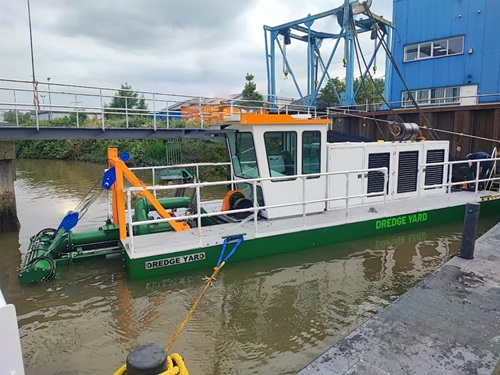
Pond dredging and cleaning is a type of maintenance dredging. Over time, settling ponds, holding ponds and lagoons at industrial plants may accumulate sludge, silt and sediments. Consequently, accumulated materials reduce effectiveness and water storage capacity of the settling ponds. As a result, productivity and efficiency of the industrial plant is reduced. Regular pond dredging projects can ensure ongoing efficiency of the business.
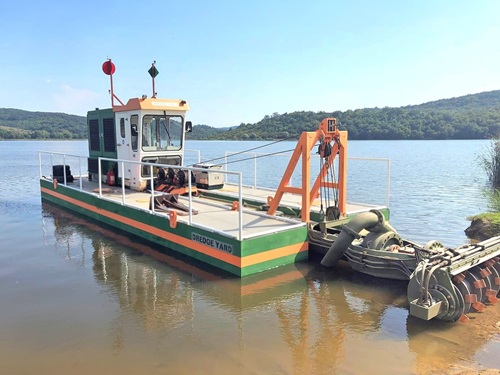
Reservoir dredging, lake dredging and dam dredging is used to restore these water sources to their full capacities. Throughout the years, hydro-power dams, reservoirs and freshwater lakes retain and accumulate quantities of sandy deposits in or behind them. As a result, sediments diminish the total water reserve capacity of the plant. This is called sedimentation. If not maintained, sediments can reach the water outlets and thus, cause severe wear damage to the turbines. Therefore, regular dredging is required.
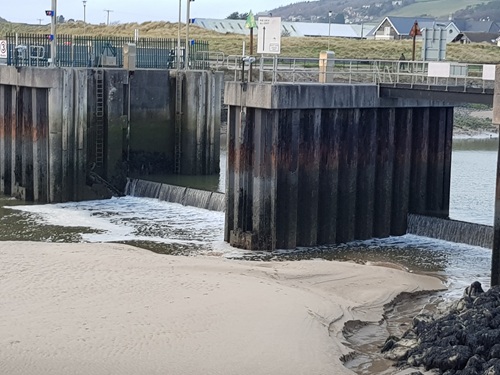
Water intake dredging is used to retain cooling capacity and overall efficiency of industrial plants. Large industrial plants such as petrochemical plants, power plants and desalination plants use water intake channels for cooling purposes. These water intakes are commonly connected to lakes, rivers, canals or the open sea. Due to factors such as weathering and erosion, sediments are carried and deposited in the mentioned water bodies. Therefore, in order to avoid their entering the industrial plant, water intakes are equipped with sand traps or screens.
However, over time, sediments can accumulate at the trap. As a consequence, less water can enter the industrial plant, which limits its cooling capacity and results in reduced overall efficiency. Therefore, regular maintenance dredging is needed to keep the water basins clean and the capacity of the industrial plant at its maximum.
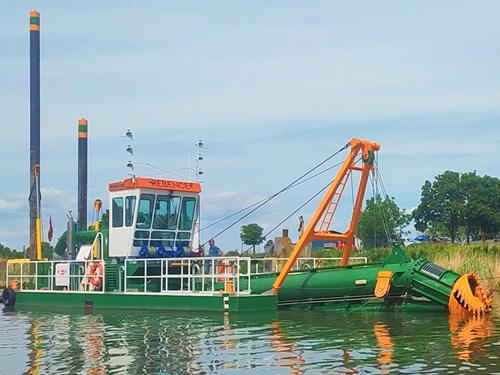
Mine tailing dredging is used for cleaning up tailing ponds, removing leftover chemicals or capturing leftover valuables. Mine tailings consist of crushed, finely ground rock and waste products from mineral processing operations in mining. Due to chemical components, storage and handling of tailings has become a major environmental issue worldwide. Therefore, mine tailing dredging provides an efficient solution to clean up mine tailings ponds, especially when tailings contain dangerous contaminants.
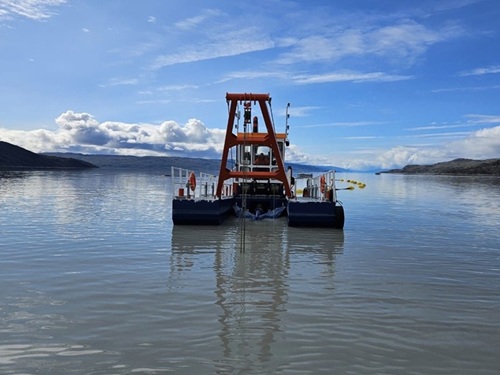
Environmental dredging describes clean up projects aimed at improving the environment. Rivers, lakes, lagoons and major industrial ports and harbors are often confronted with severe environmental problems of contaminated soils. Contaminants in water endanger both marine and human life, as well as the surrounding environment. Therefore, they need to be removed in a controlled manner minimizing the spreading of the pollutant into the surroundings. After environmental dredging of contaminated soils, they are pumped ashore for further processing, dewatering, storage or disposal.
Our dredgers are the equipment of choice to dredge polluted soils. The submerged dredge pump in combination with the cutter excavating tools provide efficient dredging performance avoiding dispersion of pollutants. Additionally, we designed the Cutter Head, with environmental protection and high efficiency in mind.
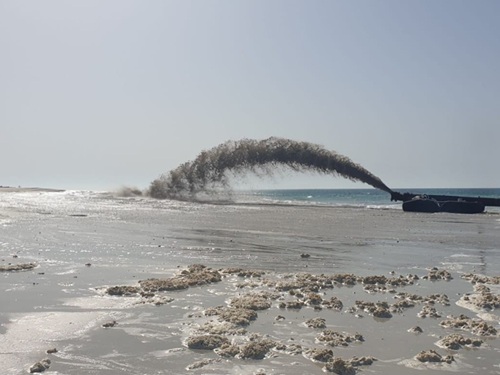
Canal dredging and channel dredging are important to maintain efficient navigation, irrigation, power sources, commerce and businesses running smoothly around the world. Similarly to rivers, sediment and debris can gather in the bottom of these water sources. As a result, waterways become shallow, which can disturb traffic and other vital activities, if not maintained through dredging.
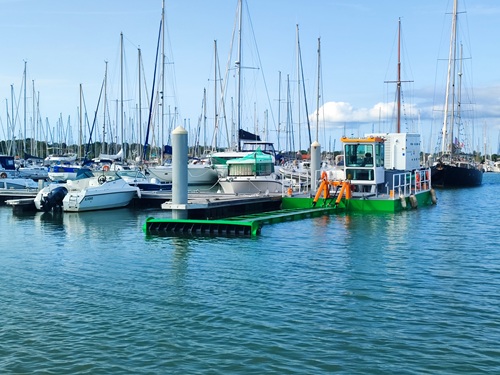
Marina and harbor dredging is necessary to make sure that they provide safe navigation and access at all times. Ocean currents carry silt, sand and sediments, which often accumulate in marinas and harbors. This makes the waters shallow and causes disruption of waterway traffic and navigation. Marinas and harbors must be dredged regularly, though regularity depends on the location and other circumstances, such as currents on site.